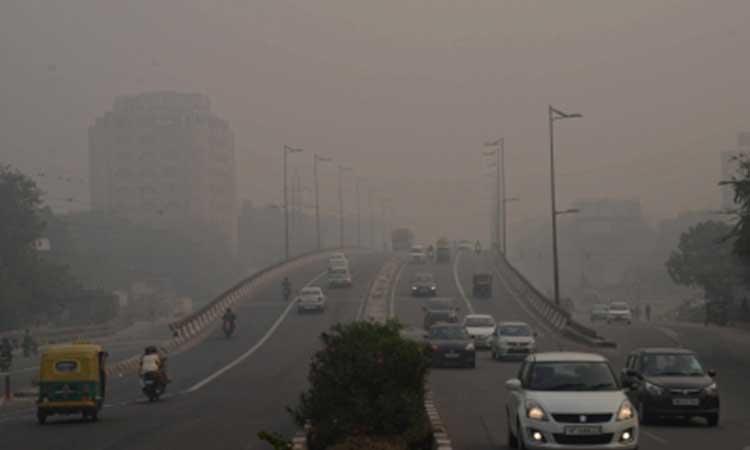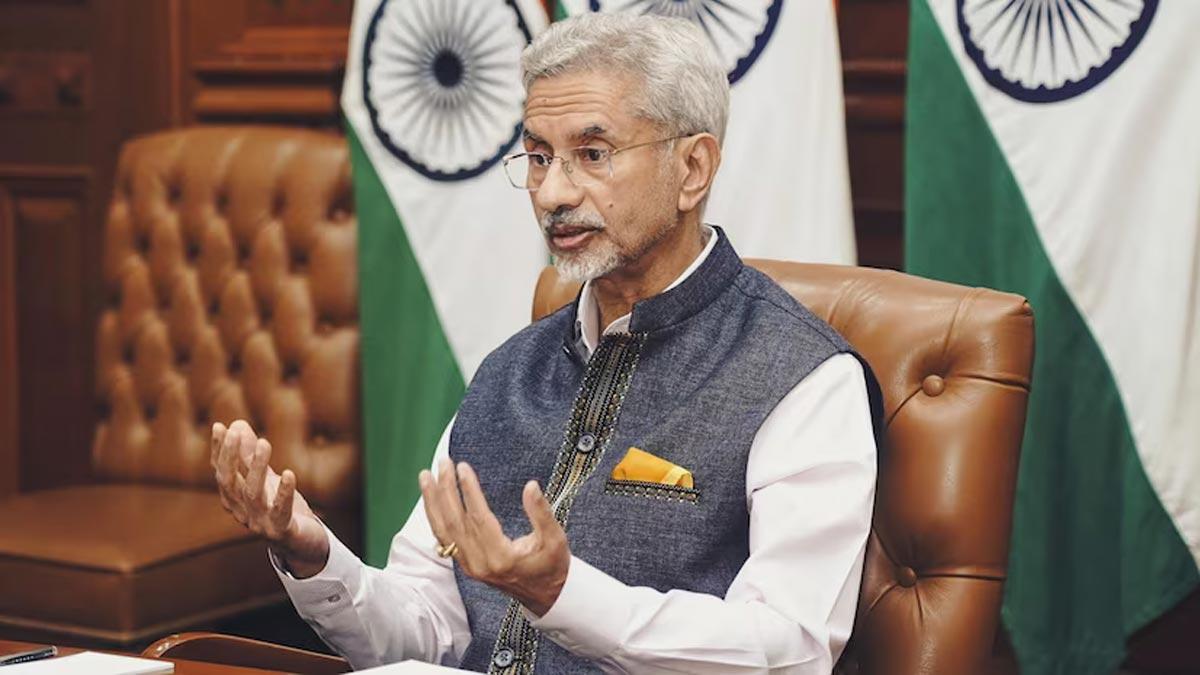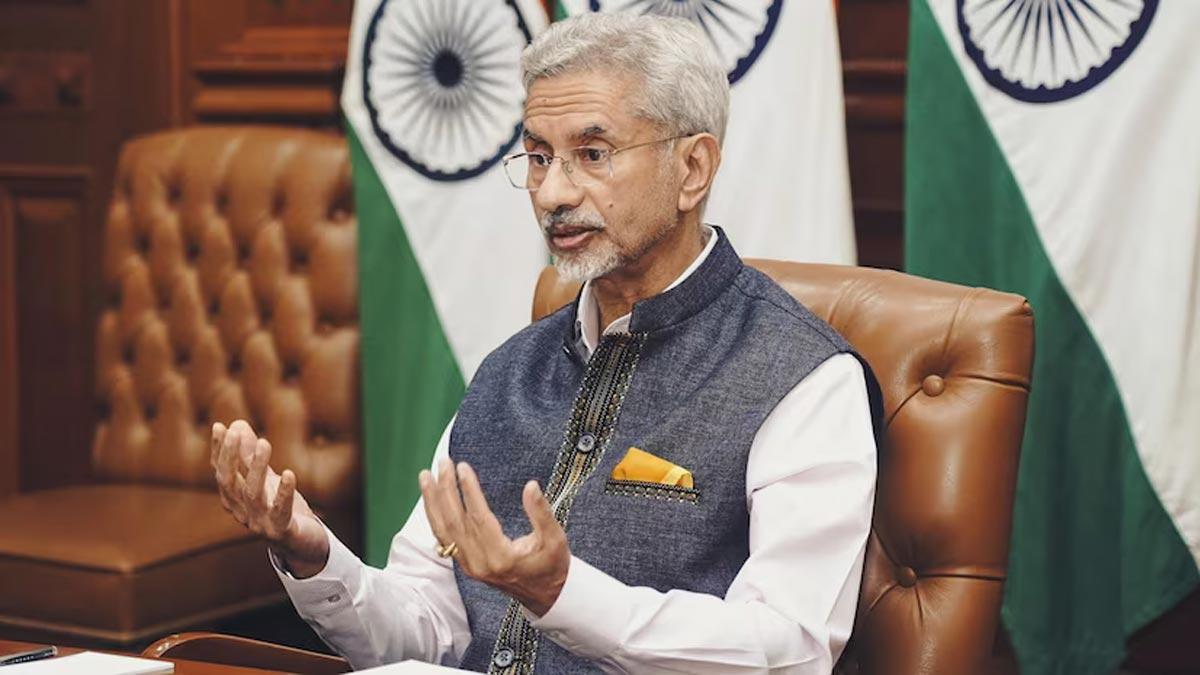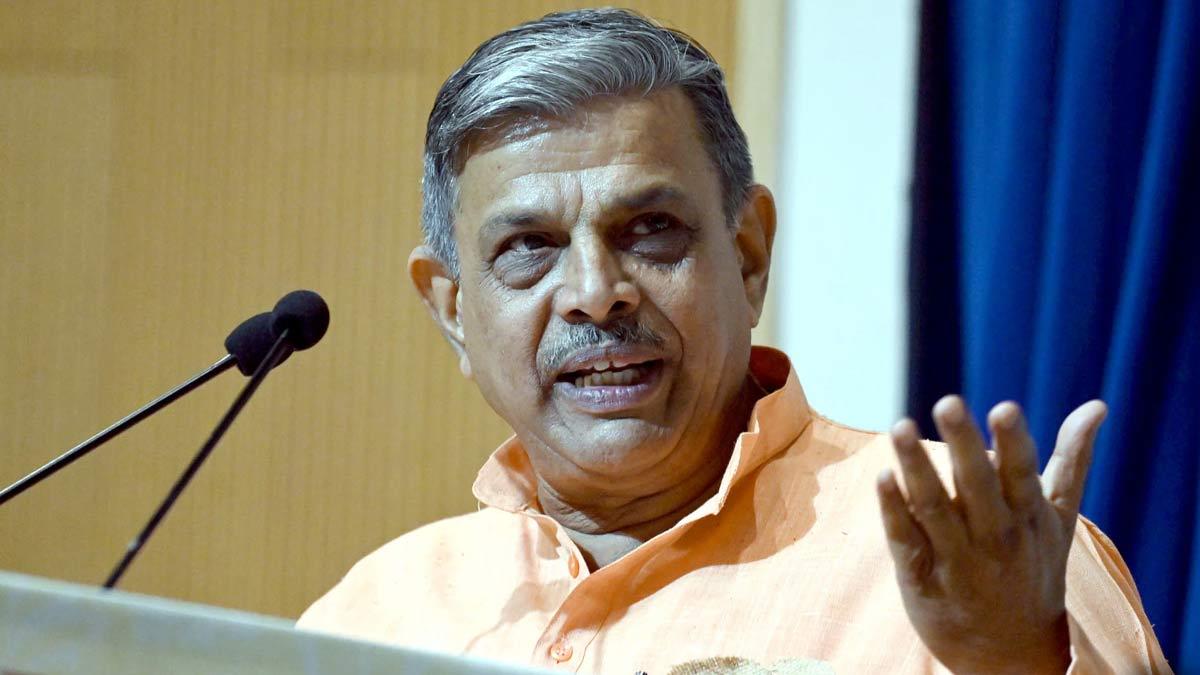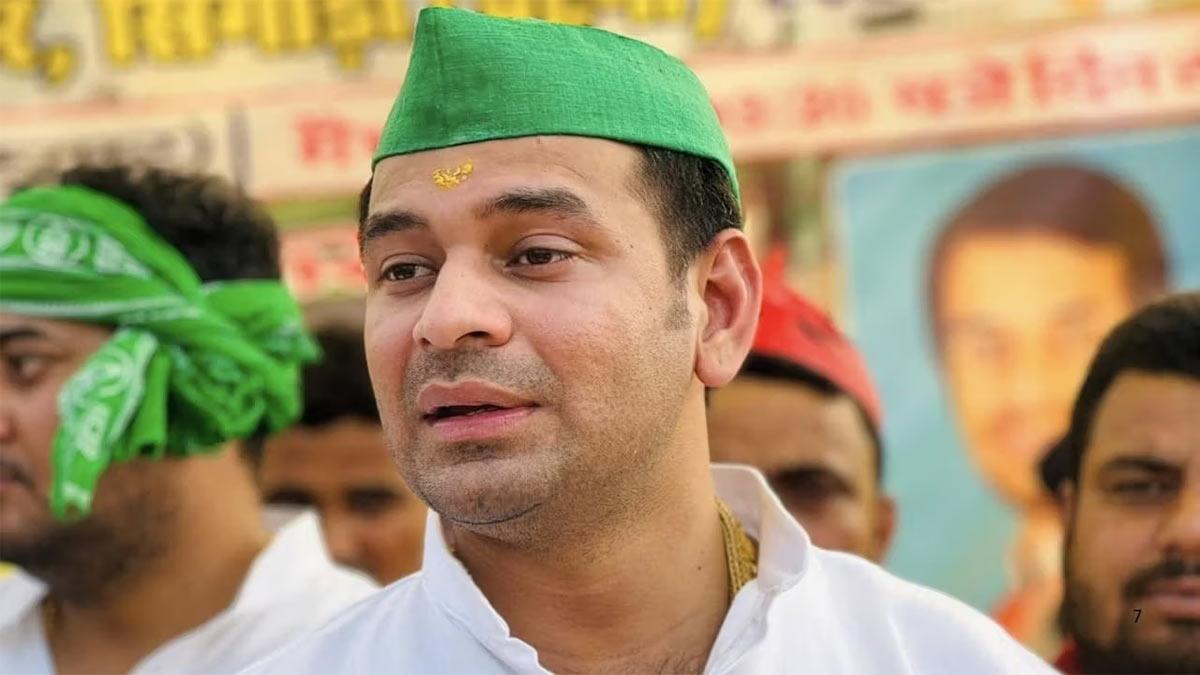While the air quality in the national capital and its surrounding areas on Saturday remained in the poor category, government data disclosed that only about 50 per cent of the total fund released under the National Clean Air Programme (NCAP) has been utilised by the concerned authorities.
NCAP, which was launched by the Ministry of Environment, Forest and Climate Change in January 2019, is a long-term, time-bound, national level strategy for prevention, control and abatement of air pollution.
Under NCAP, it has been envisaged to achieve target of 20 to 30 per cent reduction in particulate matter concentration by 2024 across the country.
According to a recent Parliament reply in August this year, an amount of Rs 472.06 crore has been released under NCAP for initiating actions such as expansion of monitoring network, construction and demolition waste management facilities, non-motorised transport infrastructure, green buffers, use of mechanical street sweepers, composting units etc.
Also read | As air quality plummets, Mumbai, Pune huff and puff to breathe easy
The government reply said that till June 2022, total Rs 227.61 crore has been utilised by the concerned authorities. As per the Ministry, the funds are released to support the implementation of city action plans (CAPs) for the improvement of air quality. Under NCAP, 132 cities have submitted the city action plans which have been approved.
City action plans of selected cities are to be implemented by the coordinated action of the state government and its agencies at the state and city levels.
The funding for implementation of these plans is also to be mobilised through the convergence of resources from various schemes of Central government such as Swachh Bharat Mission (urban), Atal Mission For Rejuvenation And Urban Transformation (AMRUT), Smart City Mission, Sustainable Alternative Towards Affordable Transportation (SATAT), Faster Adoption and Manufacturing of Hybrid and Electric vehicle - II (FAME) etc.
Under the NCAP, the Central level Steering Committee, Monitoring Committee and Implementation Committee have been constituted and periodic review of the implementation progress is conducted.
The State Level Steering Committee chaired by Chief Secretary; Monitoring Committee chaired by Principal Secretary, Environment Department; City or District level Implementation Committee chaired by Municipal Commissioner or District Magistrate have been constituted which periodically reviews the status of progress of implementation of actions under NCAP.
Authorities, including the Centre and states, have swung into action as the air quality has deteriorated in Delhi and surrounding cities. Amid the action and initiatives, factors such as stubble burning, cracker bursting on Diwali and unfavourable meteorological factors have been held accountable for the worsening air quality.
Amid the rising level of air pollution in the national capital and surrounding areas, Commission for Air Quality Management (CAQM) has advised the district authorities to ensure verification of all reported farmfire incidents within 48 hours and take strict action against the violators.
Also read | In historic flight, Indian rocket puts 'OneWeb' satellites into orbit
Officials said that the Commission has been actively monitoring paddy residue burning events for a month now from September 15, 2022, onwards in Punjab, Haryana and eight NCR districts of Uttar Pradesh.
The current year has so far seen a reduction in fire counts as compared to the corresponding period of last year.
The steps taken regarding utilisation of available machinery, IEC activities especially in all hotspot villages, and interaction with the farmer communities have been discussed in the review meetings held by the concerned authorities on the issue surrounding poor air quality.

